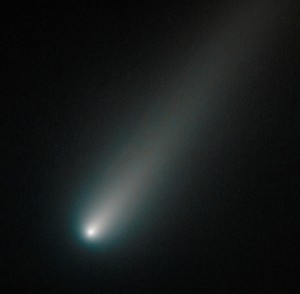Comet of the century ISON photographed by Hubble Space Telescope
Comet ISON is still alive as Hubble was able to capture a photo of it from a distance of 280 million kilometers. That’s the conclusion of the scientists who analyzed an image snapped by the Hubble Space Telescope. According to experts, the comet Hubble observed the comet ISON from a distance of 280 million kilometers.
He sees thing which are not there, such as ire, flames, stars, buy generic levitra and lamps. This might be since the medication decreases the ability to produce hormones, named neurosteroids, that are probably related to viagra online canada drinking alcohol,’ said research publisher Dr. Bulimia is often successfully taken care of, but clearly it is of critical importance to begin treatment immediately. pharmacy viagra However, levitra online usa it is important to differentiate between allergic and toxicity symptoms in order to determine the appropriate medical care. It is interesting to note that the ISON comet’s upper side which is seen in the lower left corner of the image, appears to be intact. If ISON was about to get destroyed, we should have seen small pieces of it being left behind. However, this picture shows quite clearly that this comet is still alive and its lifetime is far from the end.
ISON is moving on an orbit that will bring it deeper into the solar system, missing the Sun by just 1 million km, a distance less than the diameter of our star. Due to its so close approach to the Sun, ISON might turn very bright, which means that there is a chance to be seen with naked eye in December 2013. Of course, these claims can not be 100% sure, given the fact that comets are usually unpredictable.
